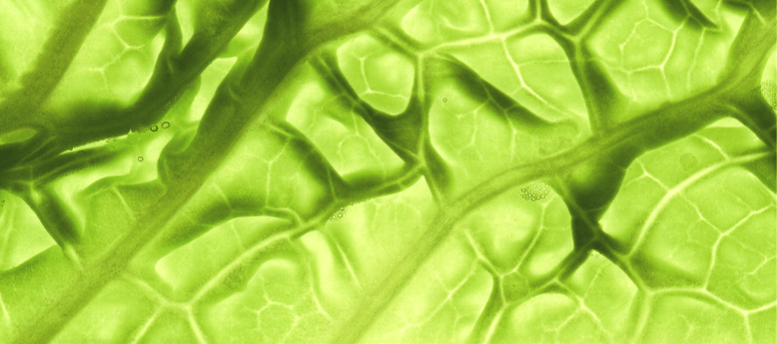Safety Considerations in Sous Vide Cooking
Mastering Sous Vide: Your Comprehensive Guide to Sous Vide Cooking Safety – Understanding Pathogens
COOKING SOUS VIDE
Francesco Feston
10/11/20232 min read


Pathogens, Bacteria, and Salmonella
A significant safety concern associated with sous vide, extensively studied, pertains to the proliferation of bacteria at various temperature levels, particularly salmonella. Salmonella thrives within a specific temperature range, typically referred to as the "danger zone," spanning from about 40°F / 4°C to 130°F / 54°C. This is the reason we refrigerate food until shortly before cooking and cook it to precise temperatures before consumption.
A common misconception regarding bacteria and the danger zone is that any food within this temperature range is inherently unsafe, and once the temperature exceeds 130°F / 54°C, the food becomes instantly safe. In reality, bacteria begin to perish in direct proportion to the temperature they are exposed to. To illustrate, consider how humans react to heat: we can tolerate temperatures below 100°F / 38°C, but around 110°F / 43°C or 120°F / 49°C, heatstroke incidents become more frequent. If the temperature were to surpass 200°F / 93°C, even a few seconds outdoors could prove fatal.
Bacteria exhibit a similar behavior, with their survival diminishing at around 130°F / 54°C to 135°F / 57°C, while a temperature of 165°F / 74°C almost instantly eradicates them. This phenomenon is depicted in the chart below, based on USDA safety data. For example, at 136°F / 57.7°C, it takes approximately 63 minutes for food to reach a safe level, while at 146°F / 63.3°C, it only takes 7 minutes. This clarifies why the USDA recommends cooking chicken to 165°F / 73.8°C, as it ensures the rapid destruction of sufficient bacteria to meet safety standards. In contrast, at 136°F / 57.7°C, it requires 63.3 minutes at that temperature to achieve a comparable level of safety, a feat virtually unattainable with conventional cooking methods. Sous vide enables the heating of chicken and other meats to an internal temperature as low as 130°F / 54°C and maintains it there for an adequate duration to eliminate bacteria.
Please bear in mind that this assumes your thermometer is accurate, and water temperature remains consistently stable. It is advisable to err on the side of caution by cooking foods slightly above the minimum temperature and for a bit longer than the minimum cooking time to account for any temperature fluctuations induced by your equipment.
For more comprehensive insights into this process, you can refer to the excellent guides authored by Douglas Baldwin or those featured in our Resources section, such as Serious Eats.
Plastic Safety
Another pivotal concern surrounding sous vide is the practice of cooking with plastic and the potential risks associated with it. While many scientists and chefs contend that cooking with food-grade plastic at these lower temperatures poses no danger, it is worth noting that our knowledge about how plastic reacts to heat, water, our bodies, and the environment may not be exhaustive. Consequently, we encourage you to delve into the safety aspects of plastic used in sous vide and in general, and to arrive at your own conclusions regarding the safety of employing these techniques or consuming products packaged or transported in plastic.
